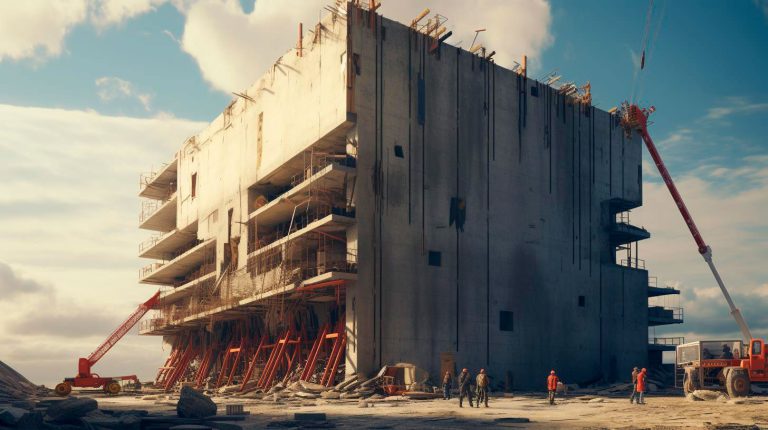What is Location Scouting?
Location scouting is the process of searching for the perfect location to capture a specific concept or idea. It involves examining potential shooting locations, considering elements such as lighting, surroundings, and accessibility. By carefully selecting the right location, photographers can enhance the overall aesthetic appeal and impact of their images.
The Advantages of Location Scouting
Location scouting offers numerous advantages to photographers. Here are some key benefits:
- Unique Backdrops: A well-chosen location can provide breathtaking, one-of-a-kind backdrops that add depth and interest to photographs. By exploring different locations, photographers can find spots that stand out and make their images memorable.
- Visual Storytelling: The right location can help photographers convey their intended narrative or theme more effectively. Whether it’s a vibrant cityscape, a serene landscape, or an ancient ruin, the chosen location sets the stage for the story being told through the photographs.
- Optimal Lighting Conditions: Lighting plays a crucial role in photography. Scouting locations beforehand allows photographers to identify the best time of day to shoot, taking advantage of natural lighting conditions. This knowledge can significantly enhance the overall quality and mood of the images.
- Reduced Post-Processing: When the right location is selected, photographers can minimize the need for excessive post-processing. By capturing images in optimal environments, photographers can achieve the desired effects naturally, reducing the editing time required later.
The Process of Location Scouting
Location scouting involves careful planning and execution. Here are the key steps photographers should consider:
- Conceptualize: Determine the specific concept or theme you want to capture. This will help guide your search for the perfect location.
- Research: Conduct thorough research to find suitable locations that align with your chosen concept.
- Visit Potential Locations: Make physical visits to the selected locations to assess their suitability. Consider factors such as lighting, accessibility, and the overall look and feel of the environment.
- Take Test Shots: Capture some test shots during your visit to understand how the location translates through the lens. Analyze the results to determine if the location meets your desired expectations.
- Consider Permissions and Logistics: If necessary, obtain the required permits or permissions to shoot at the chosen location. Consider logistical elements like parking, availability of amenities, and safety measures.
Key Takeaways
Location scouting is an essential aspect of photography. Here are the key takeaways:
- Location scouting helps photographers find unique backdrops that make their images stand out.
- The right location enhances visual storytelling and adds depth to the photographs.
- Optimal lighting conditions can be identified through location scouting, significantly improving the quality of the images.
- Selecting the right location reduces the need for extensive post-processing.
- Thorough planning and research are crucial for successful location scouting.
By embracing the role of location scouting, photographers can unlock the potential for capturing captivating and extraordinary perspectives. Understanding the importance of location scouting and following a well-planned process allows photographers to elevate their work and take viewers on an unforgettable journey through their images.
Remember, photography is about telling stories, and location scouting is one of the fundamental tools that can help you create extraordinary narratives.















+ There are no comments
Add yours